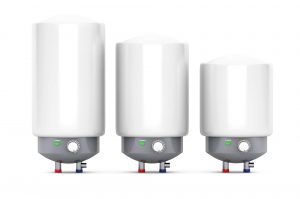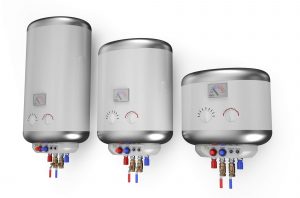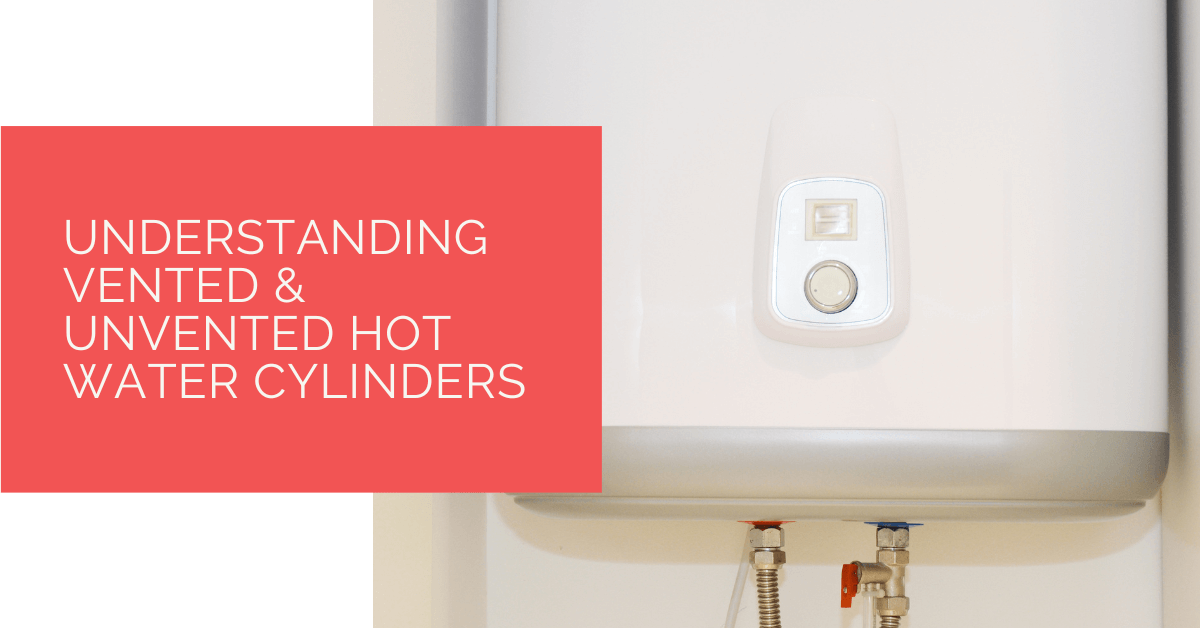Are you tired of your hot water system failing you when you need it the most? Having a reliable hot water system is essential for any homeowner, and understanding the differences between vented and unvented hot water cylinders is the first step towards achieving that. With so many options available, it can be challenging to know which one is right for you. That’s why we’re here to help.
In this article, we’ll take a deep dive into the intricacies of vented and unvented hot water cylinders, providing you with a comprehensive guide to help you make an informed decision about your heating needs. We’ll explore the advantages and disadvantages of each system, the installation process, and the maintenance requirements. Whether you’re a homeowner looking to upgrade your current system or building a new home from scratch, this guide will equip you with the knowledge you need to make the best decision for your home. So sit back, relax, and let’s get started!
Contents
Key Takeaways
- Vented and unvented hot water cylinders are two common water heating systems in the UK. Vented cylinders use gravity to heat water and require a cold water tank in the loft. In contrast, unvented cylinders are connected directly to the mains and have built-in safety features to handle pressure.
- Vented systems are cheaper to install and work well in low-pressure areas but take up more space in the loft. Unvented systems offer better water flow and consistency but incur higher installation and maintenance costs.
- Choosing between vented and unvented cylinders depends on factors such as your current heating system, local mains pressure, property size, budget, and building regulations in your area. Consider these factors before making a decision.
What Is a Vented Cylinder?
Some consider vented cylinders the traditional option for heating water throughout the year. This consideration is mainly because of how long such tanks have existed.
For decades, it has been a family favourite for households all across the country due to its efficiency and conductivity. Such a cylinder uses either copper or stainless steel to heat the water. Moreover, it will feed the water directly from a tank and into your loft after heating.
You can refer to vented hot water cylinders as storage unit that follows a particular heating process.
- The liquid will travel from the tank through a feed pipe and accumulate at the bottom
- Once the water gets heated, it will expand, and the vent pipe helps it escape
- The excess water then travels through this route and into the storage space
Along with these processes, the vent pipe also helps dissipate air from the top of the hot water unit. In some parts of the country, vented hot water systems have different names like – “Open-vented cylinders” or “gravity-fed systems.”
Besides, these cylinders work with gravity, so the cold water’s height will dictate the water pressure created.

What Is an Unvented Cylinder?
An unvented hot water cylinder is connected right with the mains. Hence, it eliminates the need for a cold-water tank in the loft. You must install it close to your system boiler to get more substantial pressure from this device.
Ideally, it pressures the hot water directly from the cold mains. However, there are no vent pipes or storage units to help cope with the expanded excess water.
To counter that, an unvented hot water cylinder will have built-in safety features. For example, you will find an expansion unit located at the top or an air bubble inserted during installation. Moreover, it works by:
- Allowing an expansion vessel to let the pressure escape
- Using a pressure release valve alongside the cylinder that acts as a fail-safe
- Utilizing two heating techniques, namely using central heating or an immersion heater system
So, the cold water gets pulled from your primary source and heated up with the heat source in your selected cylinder type.
Due to this, you will gain improved water pressure and consistent flow rates. Basically, such cylinders will help you get hot water directly to your taps, showers etc. These are entirely sealed and do not resemble the former gravity-fed mechanism.

Vented vs Unvented Hot Water Cylinders – Pros and Cons
| Types of cylinders | Advantages | Disadvantages |
| Vented system | Cheaper to install than the latter | Gravity-fed can reduce the upward flow |
| Works well in low-pressure areas | It takes a lot of space in the loft. | |
| Unvented system | The absence of tanks ensures proper flexibility | Higher installation costs |
| Better water flow and optimal hot water consistency | Expensive maintenance |
Which Cylinder Should You Choose?
Now that you know everything about vented hot water systems and an unvented hot water cylinder, you are ready to choose one for your UK loft. However, before you get compelled by the advantages and disadvantages, here are certain factors to consider:
- The power and type of your current heating system
- Understand the local mains pressure near your home
- The size of your property and location of your loft
- The cost of maintenance and installation compared to your budget
- The building regulations in your area
After analysing these factors, remember to determine whether you have enough space for a tank. Or if you are okay with a gravity-fed pressurised system.
Heat Pump Source: Reliable Heating and Cooling Solutions
At Heat Pump Source, we take pride in our unwavering commitment to serving the UK with top-tier HVAC solutions. From the efficiency of heat pumps and the cool relief of air conditioning to the warmth of boilers, radiators, and underfloor heating, our dedicated team is always at the forefront of innovation. We understand the unique needs of every household and business, and we strive to provide dependable health and cooling products and services that are tailored just for you. Ensuring your comfort and satisfaction is our utmost priority. Whether you have questions, need guidance, or require support, we’re always here to assist. Please don’t hesitate to contact us; we’re eager to be of service.
The Bottom Line
As you can see, the workings remain the same from a vented cylinder to an unvented unit. Both can provide hot water to your home, but only one will feature an expansion vessel. Moreover, both can be located in the loft, but the water flow pressure will differ due to the difference in the mechanism.
For example, a vented cylinder utilises gravity, whereas an unvented one heats the water directly from the tank in the loft.
Besides, the former is cheaper to install while the latter has extremely high installation and maintenance costs. However, the efficiency is much better in the unvented system.
Ideally, it would help to look at a few factors before choosing any hot water system for your home. Only then can you perform day-to-day activities like washing clothes, bathing, and other stuff.
About the Author
At Heat Pump Source, our articles are the product of a collaborative effort among a team of highly skilled HVAC experts. Our dedicated professionals, hailing from diverse backgrounds in heating, ventilation, air conditioning, and refrigeration, contribute their extensive knowledge and experience to every piece of content. This multidisciplinary approach ensures comprehensive coverage. Our commitment is to deliver authoritative, reliable, and tailored advice to meet the unique needs of every household and business across the UK.

